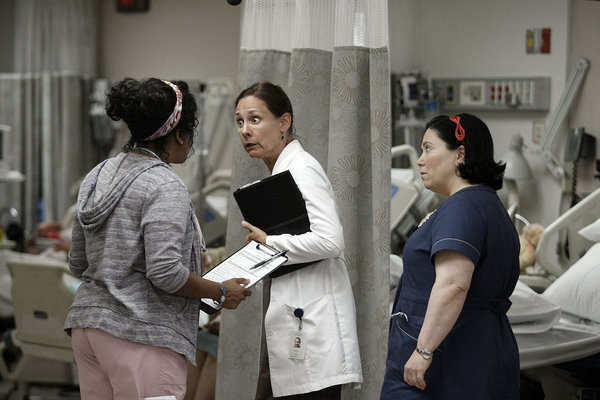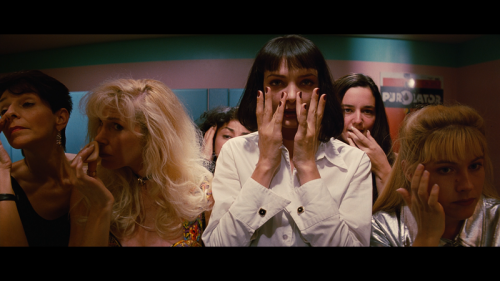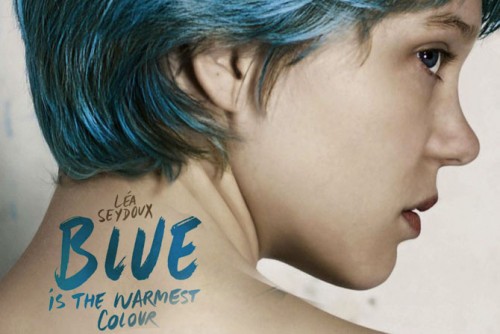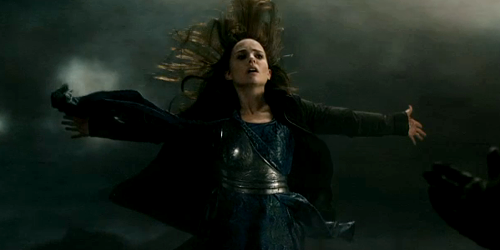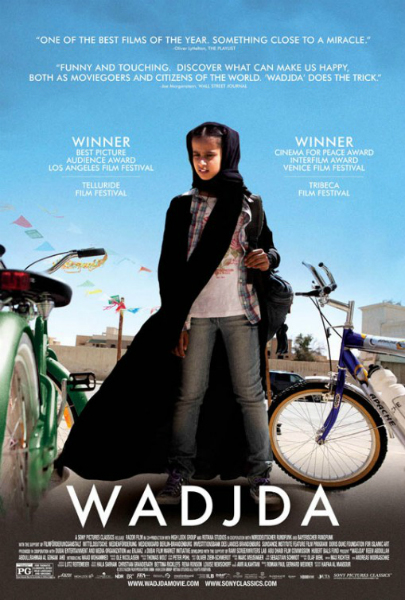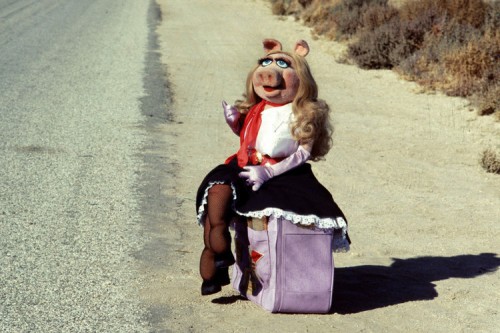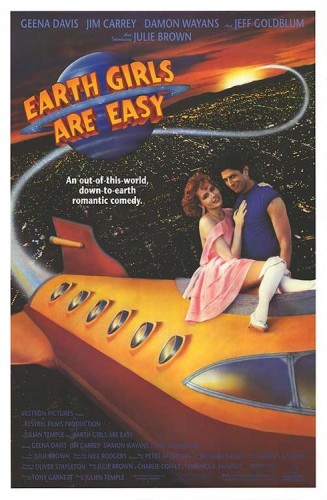Women as Love Objects in ‘The Hobbit: The Desolation of Smaug’ and ‘The Lord of the Rings’
I thought a lot about why Jackson created Tauriel. He’s already messing with the events, chronology, and mythology of the books, so why didn’t he just change the gender of a handful of major characters to make them into women? Why couldn’t we have a female dwarf or two? Why couldn’t the last remaining “skin-changer” the bear-man Beorn have been a woman? Or the Brown Wizard Radagast have been a lady forest foraging force of nature? Answer: Because none of those characters have the potential to be love interests. Instead, Jackson created a throw-away character that he could shape into a love object. I am so tired of seeing women have to give up their identity, their goals, their independence, and their power for love.

